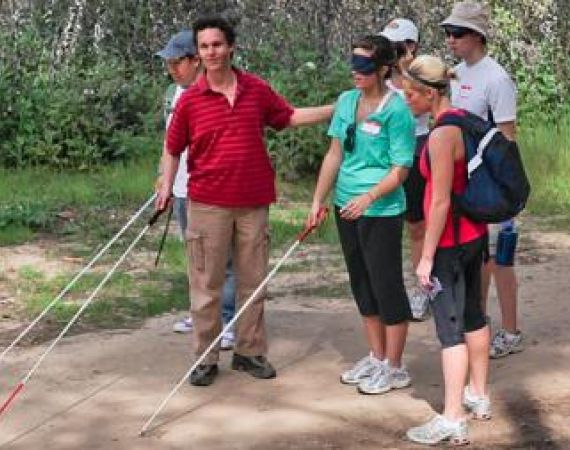Posted on Sun 7 Oct 2012
Human Echo Location

Daniel Kish teaching people how to echo locate
Normal.dotm
0
0
1
413
2356
Kathy Hinde
19
4
2893
12.0
0
false
18 pt
18 pt
0
0
false
false
false
/* Style Definitions */
table.MsoNormalTable
{mso-style-name:"Table Normal";
mso-tstyle-rowband-size:0;
mso-tstyle-colband-size:0;
mso-style-noshow:yes;
mso-style-parent:"";
mso-padding-alt:0cm 5.4pt 0cm 5.4pt;
mso-para-margin:0cm;
mso-para-margin-bottom:.0001pt;
mso-pagination:widow-orphan;
font-size:12.0pt;
font-family:"Times New Roman";
mso-ascii-font-family:Cambria;
mso-ascii-theme-font:minor-latin;
mso-fareast-font-family:"Times New Roman";
mso-fareast-theme-font:minor-fareast;
mso-hansi-font-family:Cambria;
mso-hansi-theme-font:minor-latin;
mso-ansi-language:EN-US;}
I’m really fascinated by synaesthesia, and interesting combinations of, and relationships between sound and image. I was interested to learn about how some humans have developed echo location skills.
Daniel Kish is an amazing example. He is blind, but can echo locate using tongue clicks, and is very proficient at navigating using sound reflection. He can even ride his mountain bike through the woods at night, and he doesn’t have to click very often because he can also make sense of the surroundings just be how ambient sound behaves. This is passive echo location whilst clicking and listening to the reflections is active echo location. I’m not sure if Bats laso use passive echo location – and this might be interesting to find out. Daniel trains other blind people to echo locate, which he calls flash sonar.
A recent article about Daniel Kish (read it here) includes a study showing that he processes the sound-reflected information using the visual processing areas of his brain – which suggests he is actually using sound to ‘see’ in some way. He expands on what this is like, - making a visual image built up from reflected sound would highlight more information as to the texture and surface qualities of the surroundings, in comparison to how eyes use reflected light to see… It's amazing how the human brain can adapt to different situations and make sense of different kinds of sensory information - particularly when one sense is missing.
I’m reminded of an essay by Thomas Nagel ‘What Is It Like to Be a Bat?' written in 1974. He discusses that bats using sound to ‘see’ is such an abstract concept, we cannot really begin to comprehend what this would be like to experience…. But actually – maybe Daniel Kish can comprehend this? However, Nagel's essay seems to be pointing out how it is impossible to actually know what it is like to be experiencing life from the point of view of any other conscious being, using bat echo location as an example.
I have just been reading the book "See what I am Saying" by Lawrence D Rosenblum - and the first chapter outlines how we can all refine and develop our echo locating skills. I tried out the exercise and got fairly good at approaching a wall whilst making a sound - and stopping just before I crashed into the wall by listening to the change in the sound reflection. This is obviously not nearly as sophistocated and detailed as the echo locating Daniel is doing, but it's a start, and quite revealing.
There was an episode of BBC Horizon about Daniel Kish a few years ago, whcih unfortunately I missed, but there is a short clip here about the rubber hand illusion, which talks about 'neuroplasticity' and how the brain can adapt and evolve quite quickly to new situations.